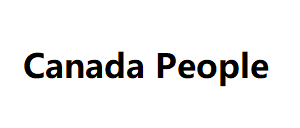Information. However, we need to remember that we are talking about Google’s core business. This means he won’t hand over information hand-to-hand. Therefore, it is not uncommon to see long-tail keyword scenarios where we do not have a clear understanding of competition and search volume. In a practical example, consider the words “collar that won’t hurt your dog” and “comfortable dog collar.” If you use Google Keyword Planner, you will notice that neither term seems to have search volume: Google Keyword Planner.
Your company may be spending time and
Search Volume Now search them on Google and you will get the following results: Search Volume – Results on Google Conclusion: Someone Search for both terms. Therefore, it pays to create content and rank for them. But which one to prioritize? Which one has the most searches? If you produce content for both, it will take a special data long time to know which one is best. Your company may be spending time and money optimizing for keywords that don’t produce results. This is where Google Ads comes into play.
Which one has the most searches
For just a little money, you can create a campaign Canada People using both keywords and compare the results for each keyword. So, within a few weeks you can use this information to guide your content production and SEO optimization. Scenario 2: Establish search intent Search intent is a very interesting topic that we will cover in another article soon. But, in a nutshell, what exactly is search intent? Think about it: when you type pizzeria bh, you want to: See BH’s pizzerias and their respective locations; or; Do you want to read.
